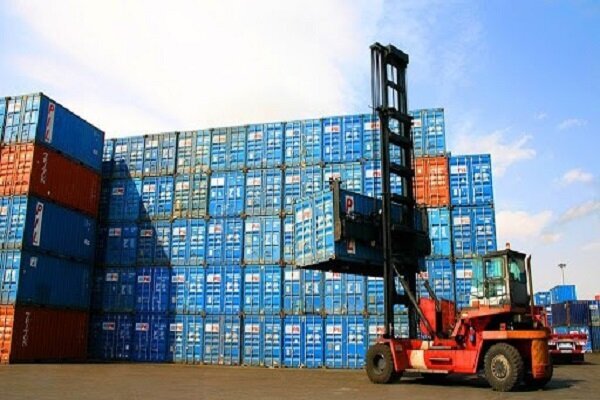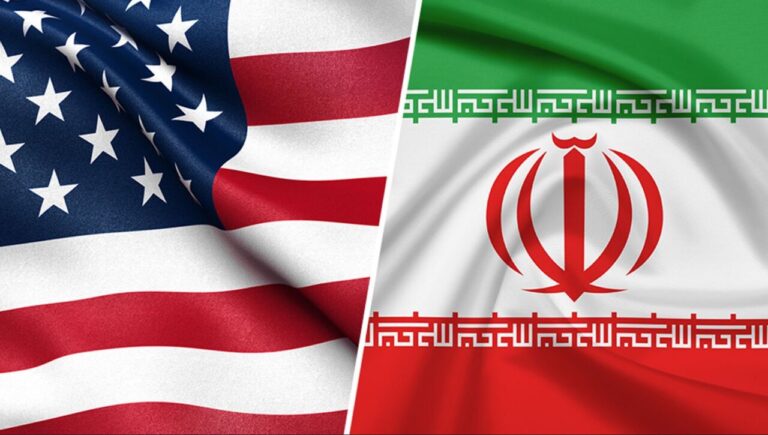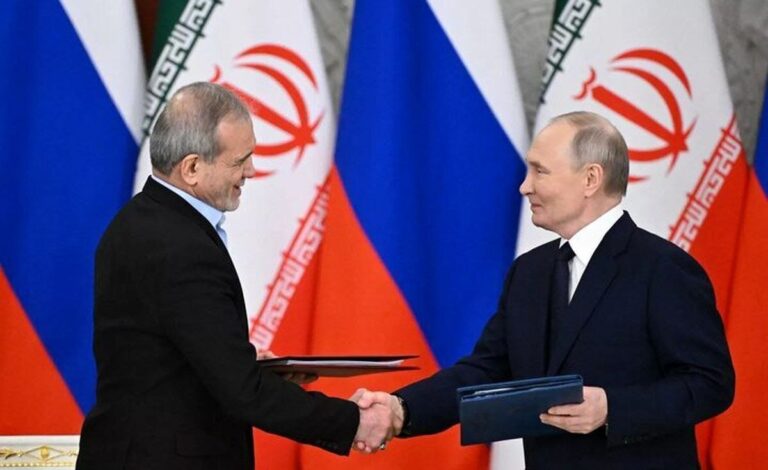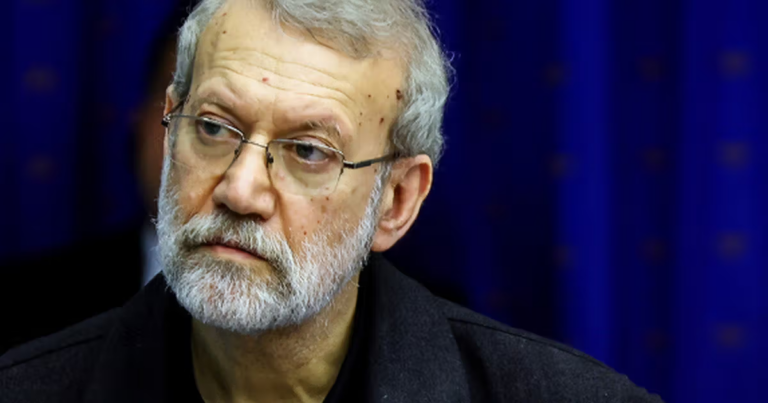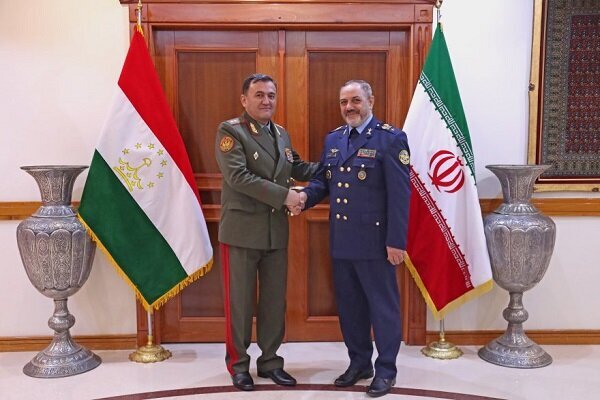Iran Sees 18% Surge in Non-Oil Exports Over 10 Months, Reports IRICA
In a remarkable development for Iran’s economy, the export of non-oil commodities has experienced an impressive 18% increase during the first ten months of the current Iranian calendar year, which commenced on March 20, 2024. This significant rise highlights the resilience and potential of Iran’s trade sector amid various global challenges.
Foroud Asgari, the head of the Islamic Republic of Iran Customs Administration (IRICA), provided these insights during a recent statement made in Abadan, a city located in southwest Iran. He elaborated on the economic performance, emphasizing the positive trend in non-oil exports.
According to Asgari’s report, the total value of Iran’s non-oil exports reached an impressive $47 billion during this ten-month period. This figure reflects an 18% surge compared to the same timeframe in the previous year, showcasing the country’s ability to enhance its export capabilities.
In addition to the export figures, Asgari also noted that Iran imported $56 billion worth of non-oil goods during the same period. This balance of trade indicates a robust engagement in international markets, despite facing sanctions and other economic pressures.
One significant contributor to these exports has been the southwestern province of Khuzestan. Over the past ten months, this region exported approximately 19.2 million metric tons of goods valued at around $6.2 billion. This data underscores Khuzestan’s vital role in Iran’s non-oil export landscape.
Key Highlights of Iran’s Non-Oil Exports
- 18% growth in non-oil commodity exports from March 20, 2024, to date.
- Total non-oil exports valued at $47 billion.
- Iran’s non-oil imports reached $56 billion.
- Khuzestan province’s contribution: 19.2 million metric tons exported worth $6.2 billion.
This upward trend in non-oil exports is crucial for Iran, especially considering the ongoing economic sanctions that have targeted its oil sector. By diversifying its economy and focusing on non-oil exports, Iran aims to mitigate the impact of these sanctions and foster sustainable economic growth.
Asgari’s remarks not only highlight the current achievements but also reflect a broader strategy aimed at enhancing Iran’s trade relations with other countries. By strengthening its non-oil sectors, Iran is positioning itself as a key player in regional and global markets.
Furthermore, the increase in non-oil exports is expected to create more job opportunities within the country. As sectors such as agriculture, manufacturing, and mining gain more traction in the export market, it can lead to a more resilient economy capable of withstanding external pressures.
In conclusion, the rise in Iran’s non-oil commodity exports by 18% is a positive sign of the country’s economic recovery and strategic development. As the Iranian government continues to invest in and promote its non-oil sectors, stakeholders and industry experts will be closely watching how these trends evolve over the coming months.
This report serves as a reminder of the ever-changing dynamics of global trade and the importance of adaptability in achieving economic success. As Iran navigates through these challenges, its focus on non-oil exports may very well define its economic trajectory in the near future.
